Vietnam’s newly appointed General Secretary and President, To Lam, visited China from August 18 to 20 at the invitation of Xi Jinping. (Video screenshot)
[People News] Dozens of countries are seeking trade negotiations with the United States, hoping it will lift or reduce historic tariffs. Sources told Bloomberg that in exchange, the Trump administration will demand that these countries take steps to limit trade with Communist China, ensuring Beijing cannot find a way to bypass Trump’s tariffs.
On April 14, the CCP leader launched a diplomatic offensive in Southeast Asia, visiting Vietnam, Malaysia, and Cambodia. Several foreign media outlets observed and analysed this move, believing that the CCP aims to build a united front against Trump in response to the challenges brought by the trade war with the U.S. On the very first day of the leader's visit to Vietnam, a propaganda outlet under China Central Television, "Yuyuan Tantian," suddenly published a post threatening that if anyone "uses China as a token of allegiance to the United States," the CCP will "absolutely not tolerate it."
Who is “Yuyuan Tantian” Threatening?
Analysts believe the reason for this threat is obvious—it’s aimed at the dozens of countries currently negotiating or about to negotiate with Trump. The ASEAN countries, in particular, seem to be the implied targets. That same day, Chinese state media reported that the CCP leader and Vietnamese General Secretary Nguyen Phu Trong witnessed the signing of 45 bilateral cooperation documents, covering areas such as infrastructure connectivity, artificial intelligence, customs inspections and quarantine, agricultural trade, culture and sports, public welfare, human resource development, and media. In an article published in Vietnam’s party newspaper, the CCP leader stated, “There are no winners in a trade war.” Xinhua News Agency quoted him as saying that he hopes to work with Southeast Asian countries, including Vietnam, to firmly safeguard the multilateral trading system and the stability of global supply chains.
Meanwhile, in the U.S., Bloomberg cited sources saying that Trump’s senior economic advisors are discussing requiring trade partners to agree to impose “secondary tariffs” on imported goods from countries closely aligned with the CCP. The U.S. also wants its trade partners to avoid absorbing China’s surplus products.
At this moment, the CCTV-affiliated media outlet couldn’t wait to issue open threats, forming a “hard and soft” pincer strategy in contrast with the CCP leader’s banquets and lavish spending. Yet, “Yuyuan Tantian” didn’t clarify what exactly it means by being used as a “token of allegiance,” nor what actions the CCP would take or what consequences would follow. Logically speaking, the CCP leader received a high-level reception in Vietnam that day. After Trump launched the first round of tariffs against China in 2018, Vietnam quickly became a key transit point for Chinese goods being dumped into the U.S. So, what is the CCP still afraid of? Commentator Zhong Yuan wrote that the CCP appears overly guilty, having realized it made yet another major misjudgment and botched performance. Now that Trump has also imposed a 46% tariff on Vietnamese goods, it seems the CCP fears that Vietnam might take this opportunity to get revenge by “offering China as a token of allegiance” to the U.S.
The CCP Once Used Vietnam as a Token of Allegiance
The fear that Vietnam might now treat China as a token of allegiance to the U.S. brings to mind how, over 40 years ago, the CCP itself offered up Vietnam as such a token to the U.S.
On February 17, 1979, Chinese troops invaded Vietnam, sparking the Sino-Vietnamese War. Half a month before the war began, Deng Xiaoping visited the U.S. and told President Jimmy Carter that China was prepared to help the U.S. by attacking Vietnam—essentially offering the war as a “token of allegiance” to the U.S. The Chinese army withdrew a month later, but its “Three Alls” policy (“kill all, burn all, loot all”) deeply entrenched Vietnamese hatred toward the CCP. The two countries continued intense skirmishes along the border for another decade until the Soviet Union collapsed and Vietnam lost its backing, forcing it to suppress its desire for revenge against China due to a lack of power.
Perhaps it’s because the CCP knows all too well the terrible things it has done that it constantly projects a criminal mindset onto others. Additionally, with ASEAN nations openly stating they won’t retaliate against U.S. tariffs and are seeking to negotiate the removal of reciprocal tariffs, the U.S.-Vietnam talks will inevitably include demands to rebalance trade and especially to stop laundering Chinese goods through Vietnam. If Vietnam wants to protect its own interests, it may need to make concessions to the U.S.; to deepen relations further, it might even promise to help the U.S. block Chinese dumping—effectively offering up China as a token of allegiance.
If Vietnam takes such a step, it would, in a way, be revenge for the past—using the CCP’s own tactics against it. This could be exactly what the CCP leadership fears, hence the propaganda outlet’s eager threat.
A Understandable “Threat” Playbook
Commentator Zhong Yuan pointed out that during his visit to Vietnam, Xi Jinping painted a rosy picture, saying, “China’s vast market will always remain open to Vietnam, and we welcome more high-quality Vietnamese products to be exported to China.” However, such promises are clearly hollow—if the CCP claims Vietnamese products are not “high-quality,” it can simply block them at will. The Vietnamese side clearly understood Xi’s true intentions and likely had already discussed countermeasures internally. Their responses were essentially evasive. By doing so, Vietnam was also signalling to the United States that it would not assist the CCP in confronting America, and instead hopes to reach a deal with the U.S. to avoid being hit by tariffs. Xi’s visit to Vietnam yielded no results. He failed to rope Vietnam into opposing the United States. From the CCP’s perspective, even if Vietnam didn’t directly offer China as a “token of allegiance” to the U.S., the visit still ended in a humiliating setback.
In the Global South, some countries have openly acknowledged receiving U.S. requests to raise tariffs on Chinese goods. Bloomberg quoted a source familiar with the Mexican government’s thinking, revealing that Mexican officials expect the U.S. to ask Mexico to increase tariffs on electric vehicles imported from China. This could be a signal to other Global South countries. Foreign media analysts see this as part of the Trump team’s broader strategy: using long-standing trade partners to isolate the CCP and pressure Beijing into changing its economic behaviour.
The Wall Street Journal also reported, citing insiders, that the Trump administration plans to use ongoing tariff negotiations to pressure trade partners into curbing their trade with the CCP. Treasury Secretary Bessent stated that forcing America’s trade partners to make concessions could prevent Beijing and Chinese companies from circumventing U.S. tariffs, export controls, and other economic restrictions.
Li Qiang, who once supported negotiating with the U.S., said during an April 15 inspection in Beijing that China must “calmly respond to the difficulties and challenges brought by external shocks, and take stronger steps to boost consumption, expand domestic demand, and strengthen the domestic economic cycle.” But the “difficulties and challenges brought by external shocks” have already gone far beyond what the CCP anticipated. The U.S. can now impose tariffs as high as 245% on Chinese goods. The CCP leadership, having misjudged the situation, has dug itself into a deep hole and now fears becoming a “token of allegiance” offered to the U.S. by other countries.
It’s truly a case of setting the ladder too high—unable to climb up, and falling off would mean shattering into pieces. What to do now? The CCP, conditioned by its obsession with being a global leader, refuses to bow and beg—especially to what it considers small Southeast Asian nations. And so, we see the bizarre pattern of throwing money around while simultaneously issuing threats.

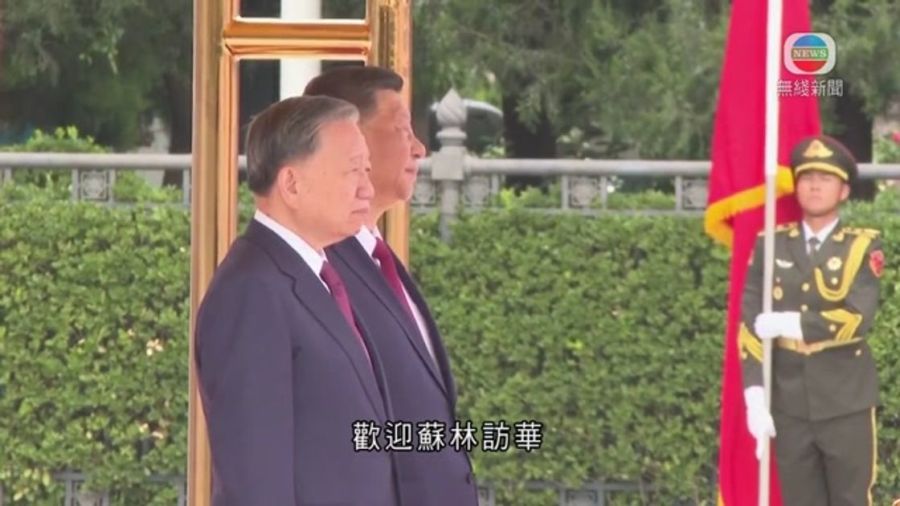
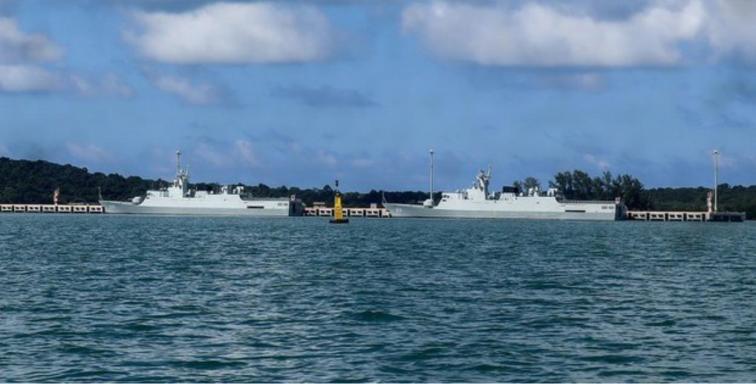
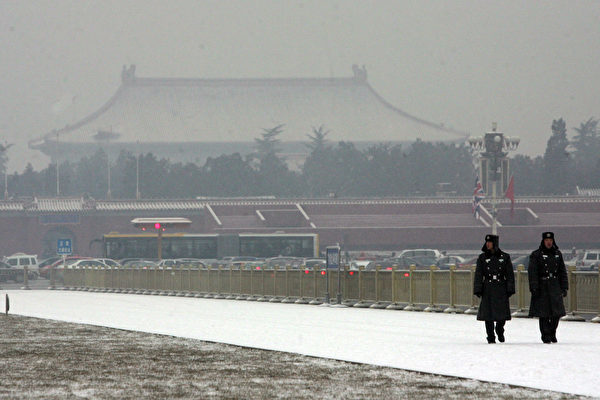



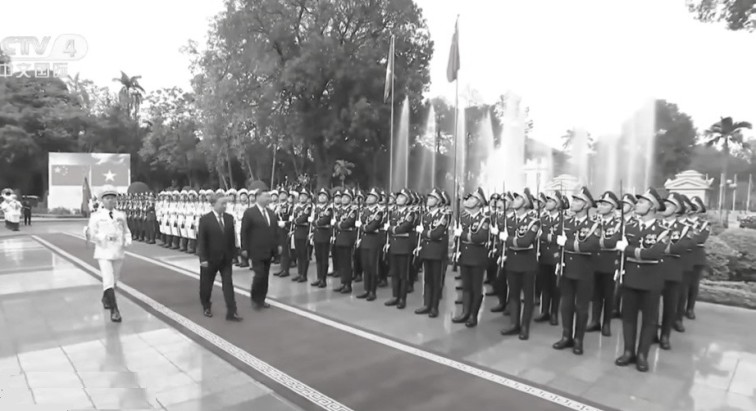
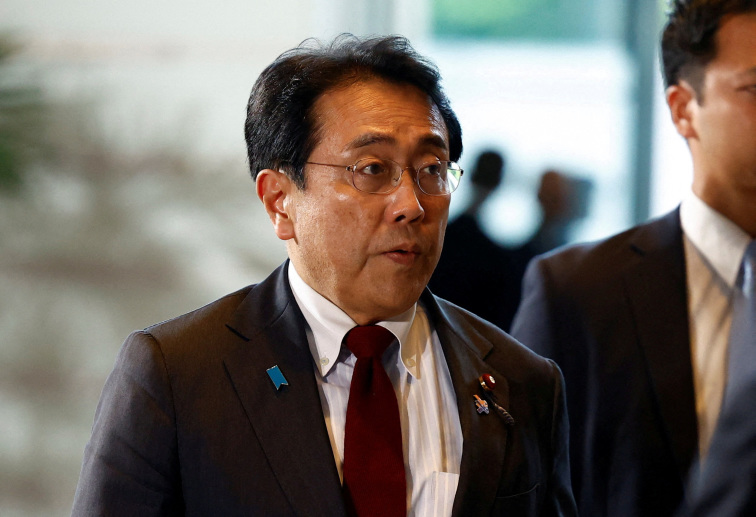


News magazine bootstrap themes!
I like this themes, fast loading and look profesional
Thank you Carlos!
You're welcome!
Please support me with give positive rating!
Yes Sure!